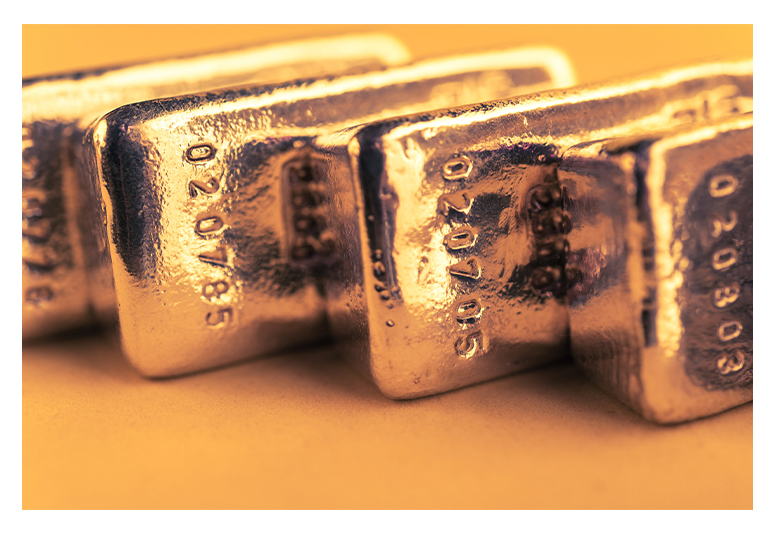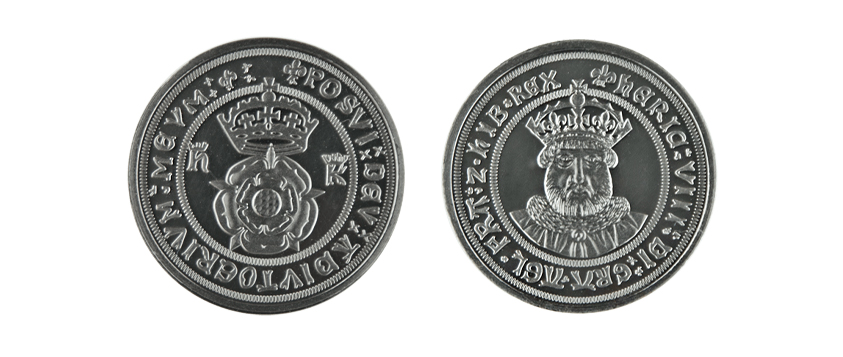Since people began mining for gold thousands of years ago, it was understood that gold could be recycled in one way or another. With COP26 reiterating the importance of sustainability in all aspects of life, recycling gold is not just a passing fad, but could be a solution to help reduce carbon emissions worldwide.
A gold cycle
One of the biggest drivers for selling gold is often because gold prices are so high. At Cash for Your Gold, we have seen gold resting close to all-time highs in recent years, so the reason for selling is clear. However, something which also comes at a high price is the methods used by the industry which sources much of the world’s gold. The cost comes not just out of pockets but is an environmental toll. Just one troy ounce of gold produced emits almost a tonne of CO2e.
Add to that the quantities of toxic waste dumped just to produce such a small amount of gold, and you realise the scale of the issue. Alternatively, by selling scrap gold, you help increase supply and reduce the need for having to mine more gold out of the ground. Not only do you benefit financially from selling, but you reduce the demand for more mining. Unlike some commodities, gold isn’t consumed and irretrievably lost in the process, and so demand dynamics are different.
If needs can be met with existing supplies through recycling, we can move closer to a world with lower emissions and fewer harmful chemicals released into the environment. There are signs that recycling is already a popular habit in the gold markets: 28 per cent of all gold supplies came directly from recycling alone in 2020. Imagine how much better things could be if we recycled more.
Selling with Cash for Your Gold
At Cash for Your Gold, we know the different shapes gold can take in the path towards being sold and recycled. Gold fillings, old coinage or jewellery, or even a bullion bar. One of gold’s best attributes is its longevity: it hardly oxidises, so no matter how long you’ve held some gold for, it will have kept its shine over the years and can be melted down easily into something brand new.
We accept items made from not only high-purity gold, but also gold alloys such as white and rose gold. With prices as high as they are currently, demand is high and by selling today, you could help meet that demand with gold which could be recycled. In this way, your gold can become greener and help us all keep emissions down as we enter an era in which carbon neutrality is the ultimate goal.
To learn more about selling gold and how to recycle it today, why not get in touch with us? Cash for Your Gold has facilitated sales of scrap gold for a number of years and will be happy to help with your enquiry.
Copyright: bashta


